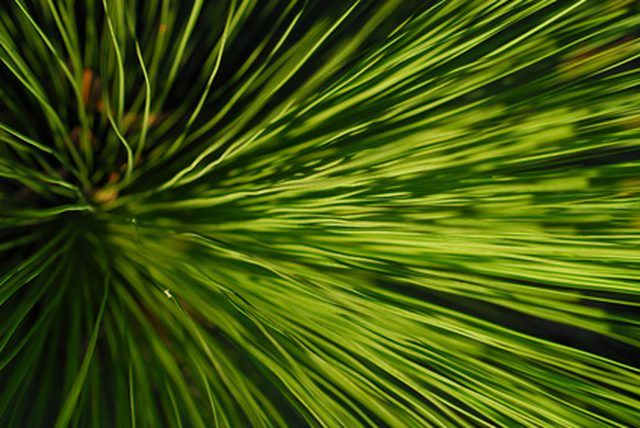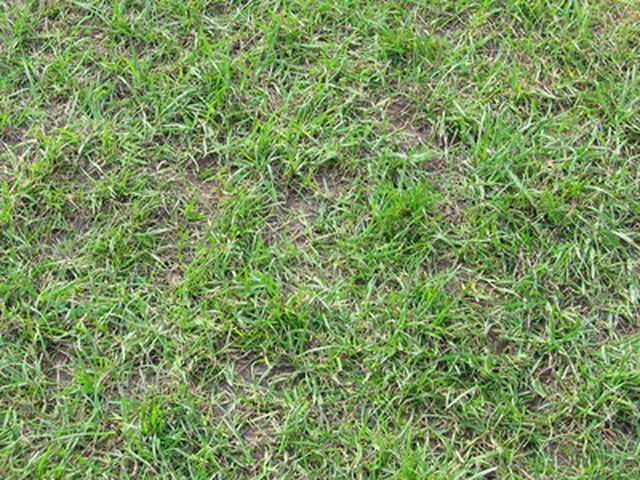Bulbs
Flower Basics
Flower Beds & Specialty Gardens
Flower Garden
Garden Furniture
Garden Gnomes
Garden Seeds
Garden Sheds
Garden Statues
Garden Tools & Supplies
Gardening Basics
Green & Organic
Groundcovers & Vines
Growing Annuals
Growing Basil
Growing Beans
Growing Berries
Growing Blueberries
Growing Cactus
Growing Corn
Growing Cotton
Growing Edibles
Growing Flowers
Growing Garlic
Growing Grapes
Growing Grass
Growing Herbs
Growing Jasmine
Growing Mint
Growing Mushrooms
Orchids
Growing Peanuts
Growing Perennials
Growing Plants
Growing Rosemary
Growing Roses
Growing Strawberries
Growing Sunflowers
Growing Thyme
Growing Tomatoes
Growing Tulips
Growing Vegetables
Herb Basics
Herb Garden
Indoor Growing
Landscaping Basics
Landscaping Patios
Landscaping Plants
Landscaping Shrubs
Landscaping Trees
Landscaping Walks & Pathways
Lawn Basics
Lawn Maintenance
Lawn Mowers
Lawn Ornaments
Lawn Planting
Lawn Tools
Outdoor Growing
Overall Landscape Planning
Pests, Weeds & Problems
Plant Basics
Rock Garden
Rose Garden
Shrubs
Soil
Specialty Gardens
Trees
Vegetable Garden
Yard Maintenance
Facts About the Grass Tree
Facts About the Grass Tree. The grass tree of Australia belongs to the genus Xanthorrhoea. The aborigines call it “balga,” which means “black boy,” a name that is very appropriate in view of the fact that the trunk of the grass tree assumes a sooty appearance after one of Australia’s frequent wild fires have scorched...

The grass tree of Australia belongs to the genus Xanthorrhoea. The aborigines call it "balga," which means "black boy," a name that is very appropriate in view of the fact that the trunk of the grass tree assumes a sooty appearance after one of Australia’s frequent wild fires have scorched its exterior. Several species of this unusual plant exist, not only in continental Australia, but also in Tasmania.
The Name Evaluated
The name "grass tree" comes from the appearance of the plant. It looks like a tree trunk with grass on top. But a cross section of a leaf of this so-called grass is rhomboid, not flat like true grasses. Even Xanthorrhoea latifolia (flat-leaved grass) is not really flat in cross section. And the trunk of the grass tree is not a regular tree trunk that forms annual growth rings each year. Instead its so-called trunk is a collection of the more durable basal parts of old leaves glued together by a resin that the plant produces.

Growth
The trunk of the grass tree develops very slowly. At an average it grows a foot every 30 years. The trunk may divide into two or more branches, especially after it has gone through a fire, and each branch will develop its own grasslike head. The plant continues to live and to grow for several centuries.
Flower Stalks
The grass tree blooms sporadically. Fire often triggers the growth of flowers. The flowers grow on stalks the length of which varies with the species. The stalk of Xanthorrhoea glauca can reach a length of more than three yards. In contrast to the slow-growing trunk the flower stalks of some species grow an inch each day.
Flowers
The lower part of the flower stalk is bare, but the upper part is densely packed with flowers. The flowers grow close to the stem and form a compact cylinder that looks something like the cattail. The flowers are very small, usually white but sometimes yellowish. Male and female parts occur in the same flower. The male parts develop first and the female parts later. Bees, bats and birds serve as pollinators.
Growing Conditions
The grass tree grows best in sunny areas. Some species need at least ten inches of rain per year. Others can tolerate a drier climate. It needs soil in which the excess water will drain away quickly because it will develop root rot if its roots are immersed in mud for too long. It is a hardy plant and can stand a little frost.
A Useful Plant
The Australian aborigines used the nectar of grass tree flowers in making both alcoholic and non-alcoholic drinks. They also ate tender parts of the leaves, stems, and roots. Both the aborigines and the early European settlers used the resin of the grass tree for such purposes as glue or varnish.
Declining Numbers
The grass tree is not on the endangered species list, but development has curtailed its habitat.